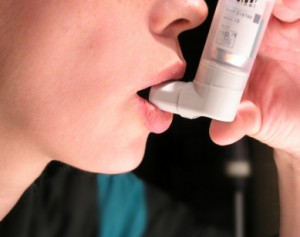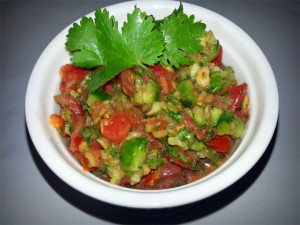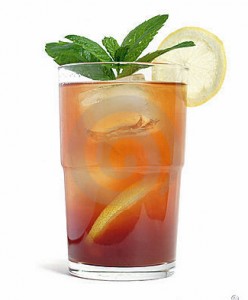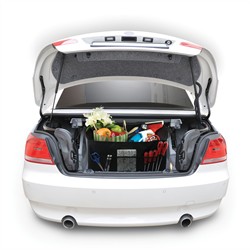
Article as written for InShapeNews. See the original article here.
When I met my husband he suffered from asthma, but over the years it has virtually disappeared. So how did he do it?
Those who suffer from Asthma, characterised by frequent episodes of breathlessness, chest tightness and coughing, know that this chronic inflammatory disease is not much fun. Couple this affliction with related diseases like gastro-esophageal reflux, rhinosinusitis and obstructive sleep apnea, and it can be downright deadly.
Whilst it’s not completely understood why some individuals suffer from asthma, and to differing degrees, what is agreed is that cardiovascular exercise can assist in reducing the severity of it. No you can’t always control the air you breathe, but you can control how much air capacity your lungs have, this is known as the maximal oxygen consumption or VO2 max.
Unfortunately most people who suffer from asthma avoid exercise altogether as it often brings on an attack due to exercise-induced inflammation of the bronchial tubes, making it hard to breathe. But research shows that asthma sufferers who take the plunge and strengthen their lungs by increasing their VO2 max have much better resistance to attacks simply because their lungs can function more efficiently.
When I first met my husband he was using an inhaler multiple times a day. I have to admit that I soon become oblivious to that distinctive sound the inhaler makes as it injects its sometimes lifesaving dose.
Having never suffered from any breathing issues I was perhaps not as understanding as I could have been when it came to his asthma curtailing our activities. With a new and very active life together he soon strived to achieve the effortless level of breathing I enjoyed. In his aim to throw away his inhaler here’s what he did.
1. First, he avoided any asthma triggers like ‘unclean’ air environments, in particular smoke-filled environments, excessive air pollution and allergens.
2. Second, he learned and regularly practiced deep breathing exercises to start to increase his lung capacity and also as a way to calm down should an attack begin.
3. Third, he started low cardio exercise by simply walking. Gradually he walked further and faster, eventually even up very steep hills.
4. Fourth, he sought out higher intensity exercises, his favourite being water aerobics. Once a gentle pastime created to keep the elderly more active, when practised in deeper water at a higher intensity it is one of the most beneficial low-impact cardiovascular activities around. Try racing someone the length of a pool holding foam dumbbells and you’ll see what I mean.
Did these four steps work? You bet they did and that ‘puffer’ sound is now a distant memory. And whilst he still has his inhaler in case of emergency, he hasn’t used it for years.











